The Beginner’s Guide: George A. Romero
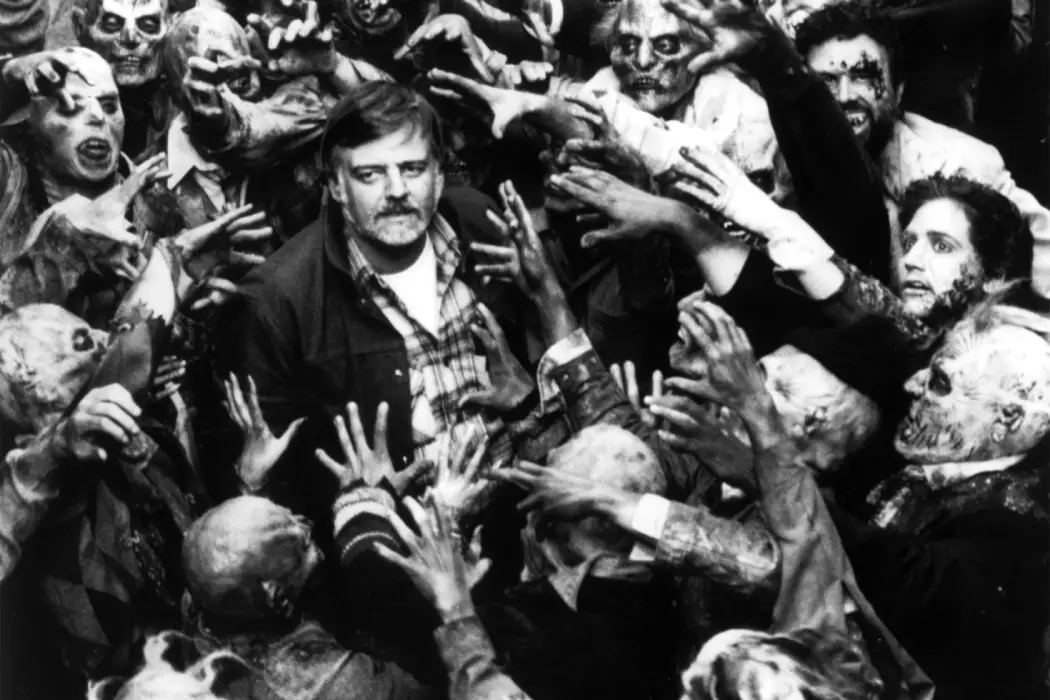
Zac Hestand earned a BA in Film from the University…
Director George A. Romero was born on February 4, 1940, in New York City. After graduating from high school, he attended Carnegie-Mellon University in Pittsburgh, PA; the city and the state that would serve as filming locations for a bulk of his filmography (like John Waters with Baltimore, John Hughes with Chicago, or M. Night Shyamalan with Philadelphia). When he completed his studies, Romero began post-grad life by learning the craft of moviemaking.
Romero made short films and television commercials in the Pittsburgh area. During this time, he formed the production company, Image Ten Productions, with a group of like-minded filmmakers, including Night of the Living Dead co-author, John A. Russo. Together, they wanted to make movies they love, not cheap, soul-less products churned out by the studio machine.
He was an independent filmmaker in the truest sense of the word, and I would dare say, a “punk rock director”. His films mock and satirize the establishment, and follow the beat to their own drum; as a true punk should. The films poke fun at these institutions, and the actors seem like real people you’d live next door to, not a plastic representation found in studio films. The films discussed all showcase Romero’s voice and fearless spirit.
Night of the Living Dead (1968)
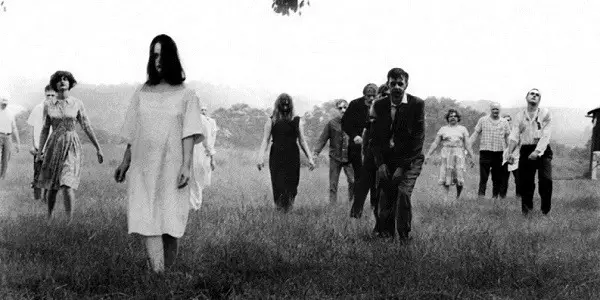
Shot in black-and-white on a $100,000 budget (small even by 1968 standards), this movie became a hit on the drive-in and cinema circuit. It re-created the zombie sub-genre (zombies were previously just background characters, this is the first front-and-center zombie flick), and this movie is now part of the National Film Registry as a historically, and culturally, significant American film. What is it about this movie that makes it stand out?
Well, much has already been said about this movie, so I’ll keep it brief. Taking inspiration from the novel, I am Legend, the characters spend most of the movie trapped in an enclosed space (abandoned house), warding off an approaching force. The characters are not experts in combat or science, but regular people trying to survive. The conversations they have, and choices made, are how the “Average Joe” would respond in this crisis. Those human dynamics are what connects the audience to this movie, and is continuously copied in other successful zombie movies and TV programs.
The Romero touch is the message that we are on our own, the government will not take care of us. They either lack a solution, keep it a secret, or will just let people die. Our lead, Ben (Duane Jones), gets killed by the authorities. This irresponsible, and disgusting, action continues in the next film.
The Crazies (1973)
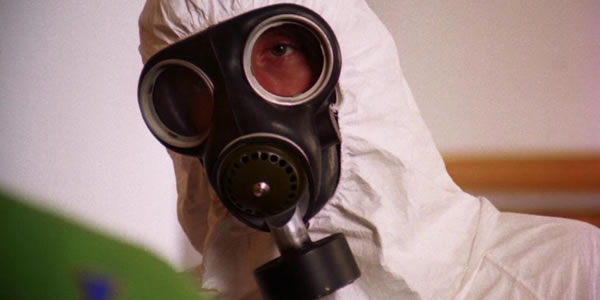
An uncontrollable virus hits a rural Pennsylvania town, and as they say, all hell breaks loose. This chemical that created the virus spills into the town’s water supply, and the government sends troops and viral experts in. Unfortunately, conflicts arise between the townsfolk and the authorities, and the rest of the movie is an unpleasant experience for all involved.
The viral experts are silenced for their efforts (hey, just like in 2020!), and the guys in radiation suits cause more harm than good to the civilians. These rural types don’t want to follow guidelines, and there’s an uprising. How characters respond to a virus is utterly chaotic, and frighteningly real given 2020’s current pandemic climate.
The Crazies shows us that when guidelines are posted, rules are not followed. Both the uninformed masses and those who try to enforce it fail, following their own paths instead. Which is what characters in Romero films do: follow their own path, and do their own thing, regardless of danger. In the case of the next film, regardless of peculiarity.
Martin (1977)

Martin is Romero’s stab (ha!) at making a vampire movie. Well, a quirky vampire movie. Martin believes that he is a vampire, but he kills his victims in an unusual way. In lieu of fangs, it’s an injection from a shot and razors to draw blood. Only to female victims. Is he a vampire, or does he just think he’s one? That’s the question asked throughout the course of the movie.
His cousin believes he is 84-years-old, though he looks to be in his twenties, and even greets Martin with a cross. Even showing old photos claiming that it is Martin in those photos from long ago. Others, however, believe that his claim is utter nonsense. Who do we believe? Well, that is for you, the audience, to decide.
Regardless of the truth, Martin is a character that follows the beat to his own drum. The vampire mythos (not entirely, he walks around during the day) juxtaposed with the Pittsburgh suburban background makes for a quirky viewing. Martin also marked Romero’s first collaboration with effects and make-up legend Tom Savini. The two would go on to create something legendary with Romero’s next film.
Dawn of the Dead (1978)
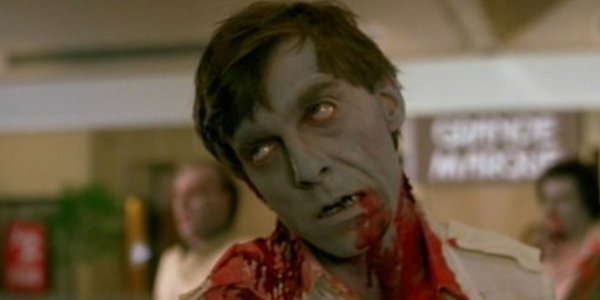
Made ten years after Night of the Living Dead, this one is, unlike the first, shot in color and features an all-new group of characters. It goes bigger and louder than its predecessor (with outstanding Savini zombie make-up) but still keeps familiar themes. We’re still in an enclosed space and the movie offers critiques on contemporary events.
Instead of a house, our characters are trapped in a shopping mall. Characters bicker at one another as in the first film, but this time our subtext is not authorities failing citizens, it’s now consumerism. Zombies are trying to get in, not just for food, but also to feel the need to be in a mall; shopping as a drug for them and their human counterparts.
The survivors not only hide in the mall to avoid death by the…uh…undead, but live in their own world. For a moment, they get to pretend the awfulness of the outside world does not exist. To continue with the recurring theme, the characters reject the rules of the mainstream and do their own thing, much like this next movie.
Knightriders (1981)
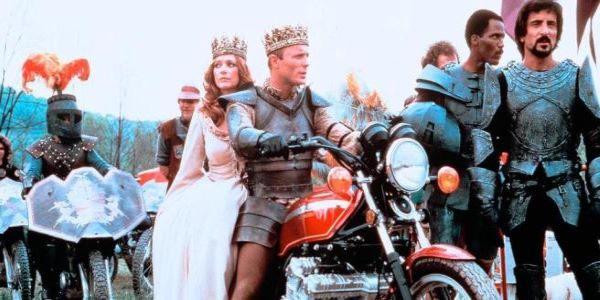
If you thought Martin was a quirky movie about a guy who believes he’s a vampire by drugging and cutting people, allow me to present Knightriders. This movie follows a group of medieval re-enactment performers that use motorcycles(!) in lieu of horses for jousting, follows story beats of the Arthurian legend in rural Pennsylvania, and get treated like celebrities. Yes, it is as awesome as it sounds.
Billy (Ed Harris in his first starring role) is our King Arthur surrogate and the other knights serve as his quasi-Knights of the Roundtable. They do battle against rival jousters (all on motorcycles), fight small-town cops, and deal with unruly spectators, including Stephen King who is credited as “Hoagie Man” (wife Tabitha King is “Hoagie Man’s wife”). Billy and friends are rarely if ever out of costume, they live as knights in the modern world.
Billy just wants to live the life of a traveling knight, but the ugliness of the real world keeps creeping in. In this world, medieval re-enactors appear on magazine covers and hold pool parties. Billy wants none of that, he just wants, as the article says, to do his own thing. Unfortunately, the world is not that kind.
Day of the Dead (1985)

The third installment of this series shows that humans have been reduced to a minority, and zombies are now the majority in the world. Due to this, the survivors are living in an underground bunker (back to a different enclosed space). This installment is probably my favorite of the series, but it is also the bleakest.
Tensions are high between the soldiers, scientists, and civilian survivors. The soldiers and scientists are constantly at odds as to how to handle this zombie epidemic (killing vs. vaccination vs. domestication), and the civilians just live in a booze-soaked fantasy in a separate area of the bunker. The conflict eventually leads to several deaths and mutiny.
Like in the previous movies, there are disagreements on how to follow proper guidelines and the authorities don’t seem to know or care about how to take care of this problem. It took absolute anarchy (punk rock!) to get to the movie’s surprisingly upbeat ending. Chaos continues in the final movie of this guide.
The Dark Half (1993)
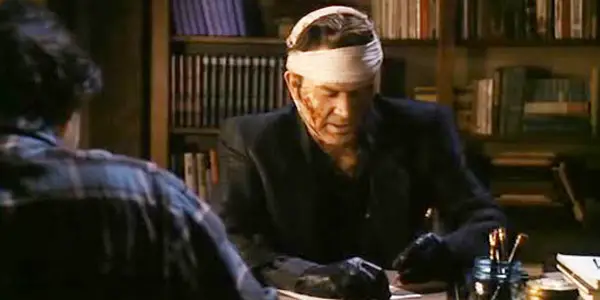
Based on the Stephen King novel of the same name, professor and author Thad Beaumont (Timothy Hutton) reveals he has written pulp novels using the pseudonym George Stark. He wants to be done with this phase of his career, only his alter ego does not want it to end. The source novel is partly autobiographical in the sense that Stephen King wrote under the pseudonym Richard Bachman for several stories, and grew tired of the act. The Dark Half goes beyond just an author writing under a different name.
This pseudonym takes on a life of its own. Thad, as the previous paragraph states, is a professor, a writer of “serious” literature, and has a wife and child in the suburbs. He, in short, follows the rules. George Stark is the antithesis in that he does what he wants, a free spirit (though he murders people) who does things most straight-laced guys can only imagine. Stark is your id that came dangerously to life.
As one can expect from Romero, the search for Stark becomes a chaotic one. Bodies pile up, things get destroyed, and of course, the police don’t believe Thad’s story of pen names come to life. It’s up to Thad to solve the matter on his own. Will Stark take over Thad’s life? You’ll have to watch it to find out.
Final Thoughts on George A. Romero
Though he dipped his toe a few times in the Hollywood waters, he remained a predominately independent filmmaker his whole career. In addition to films, Romero directed the music video to The Misfits single Scream!, and had a hand in developing the TV series Tales from the Darkside. After Day of the Dead, he directed three more entries in the franchise, including his final film, 2009’s Survival of the Dead.
George A. Romero passed away in 2017 due to a battle with lung cancer. He may be gone, but he leaves behind an extraordinary body of work. Additionally, his legacy continues to live on in the form of the copious zombie entertainment present in movies, TV shows, and comic books.
Romero is a true original who did not care what others thought of his work or the messages they contained. If he had something to say, he would comment on the matter through the medium of film. This Halloween, spend some time watching a horror movie by the late, great George A. Romero.
Do you have a favorite Romero movie? What do you think about zombie movies? Please leave a comment below!
Does content like this matter to you?
Become a Member and support film journalism. Unlock access to all of Film Inquiry`s great articles. Join a community of like-minded readers who are passionate about cinema - get access to our private members Network, give back to independent filmmakers, and more.
Zac Hestand earned a BA in Film from the University of Nevada Las Vegas, and MA in English from the University of Sheffield. He is currently at work on his first book.













